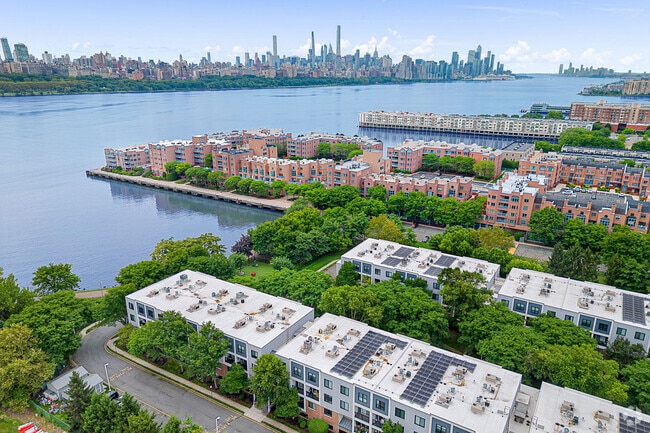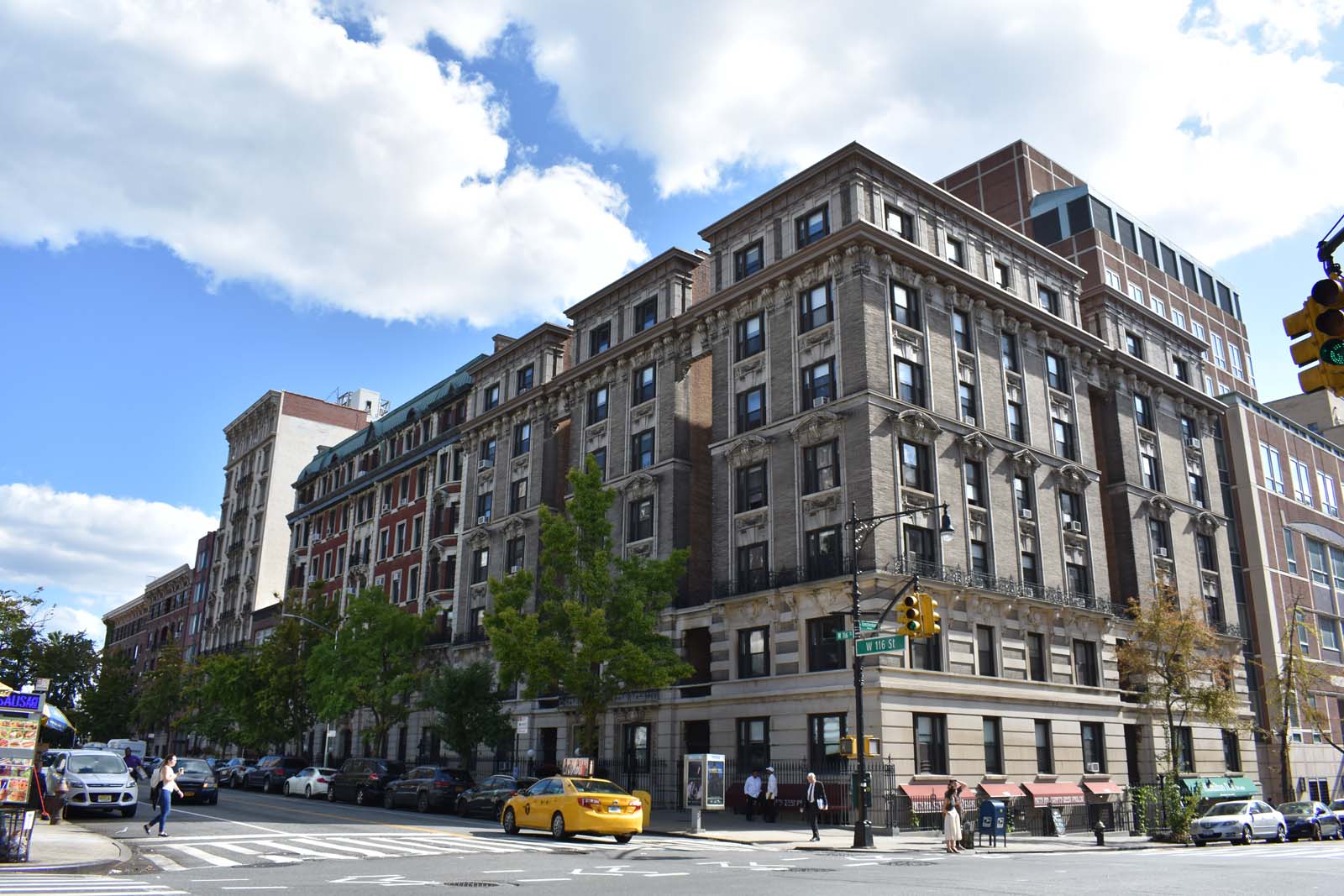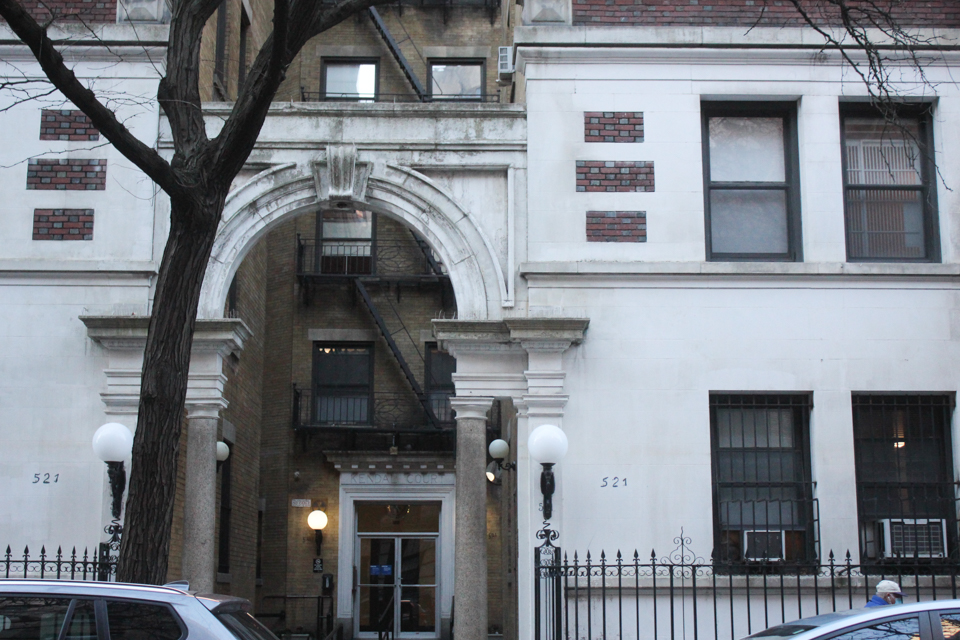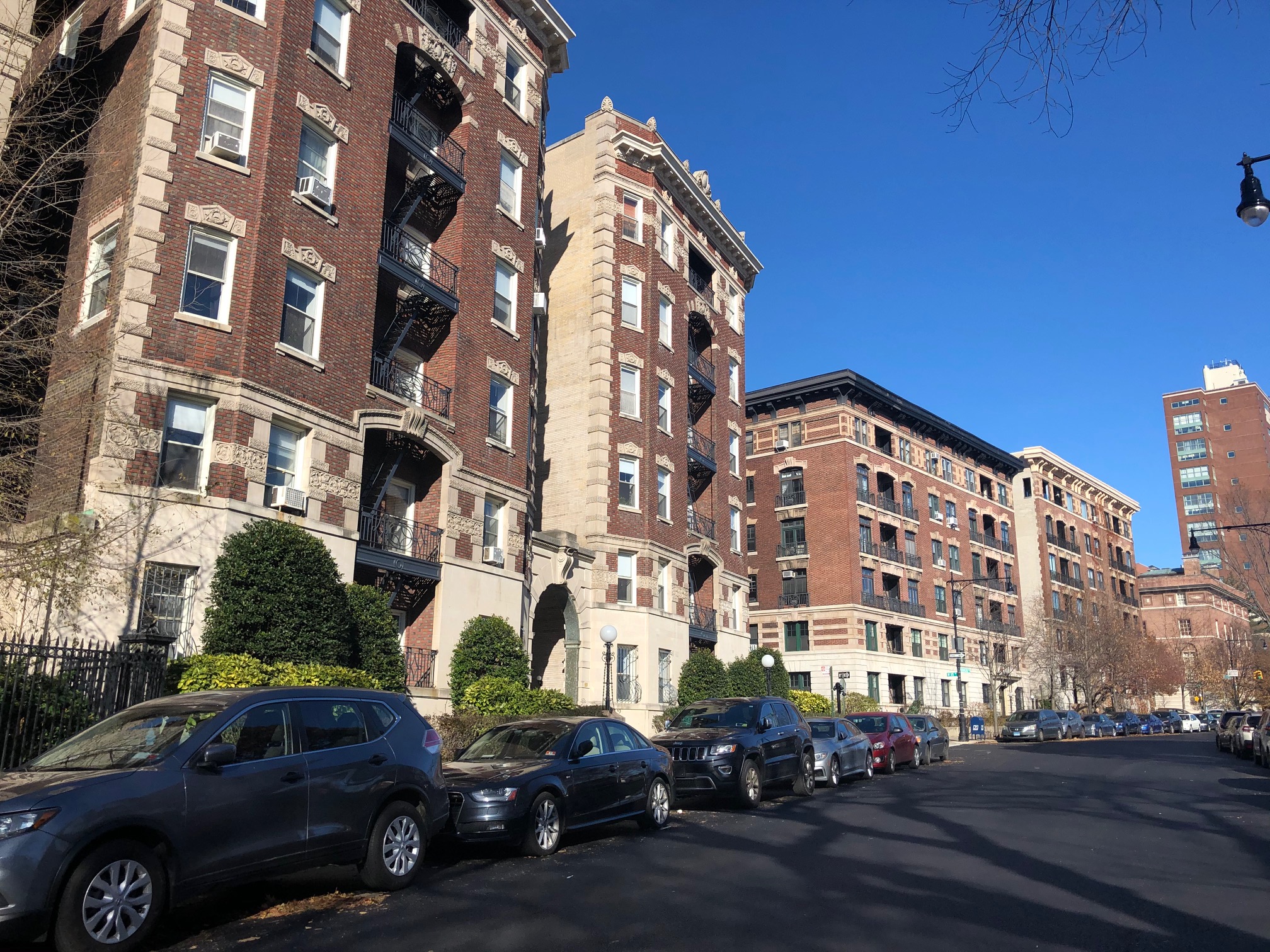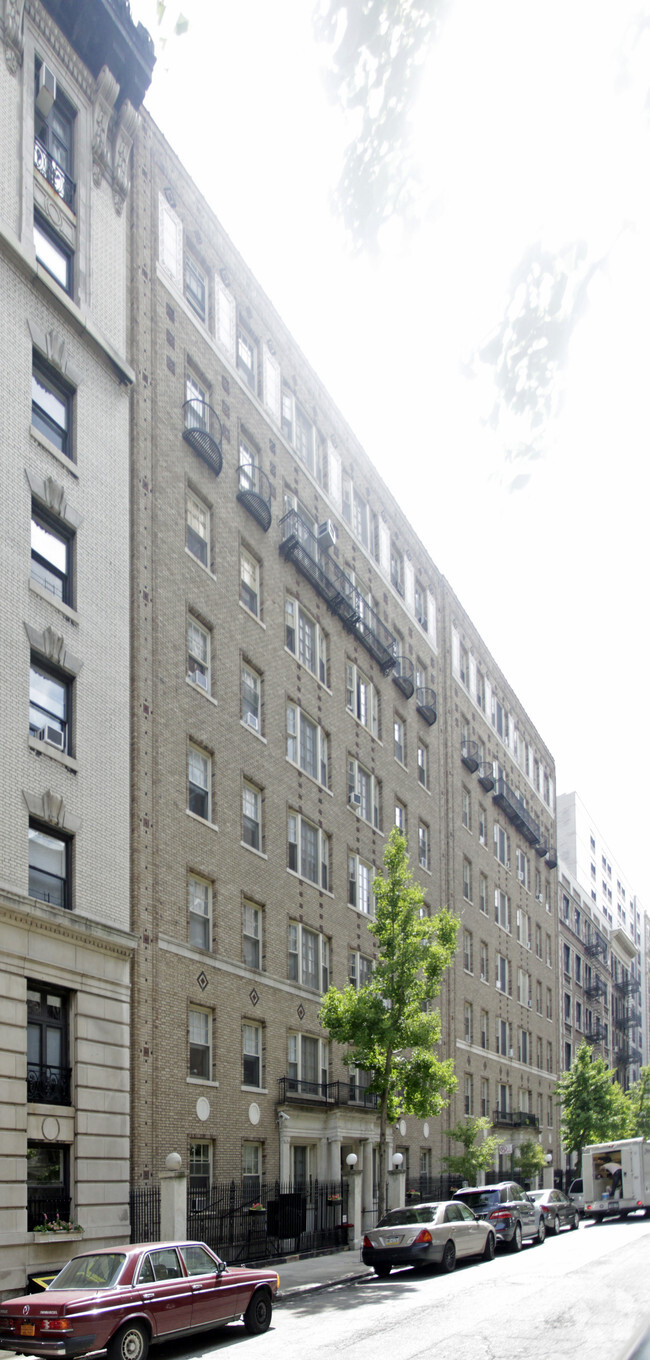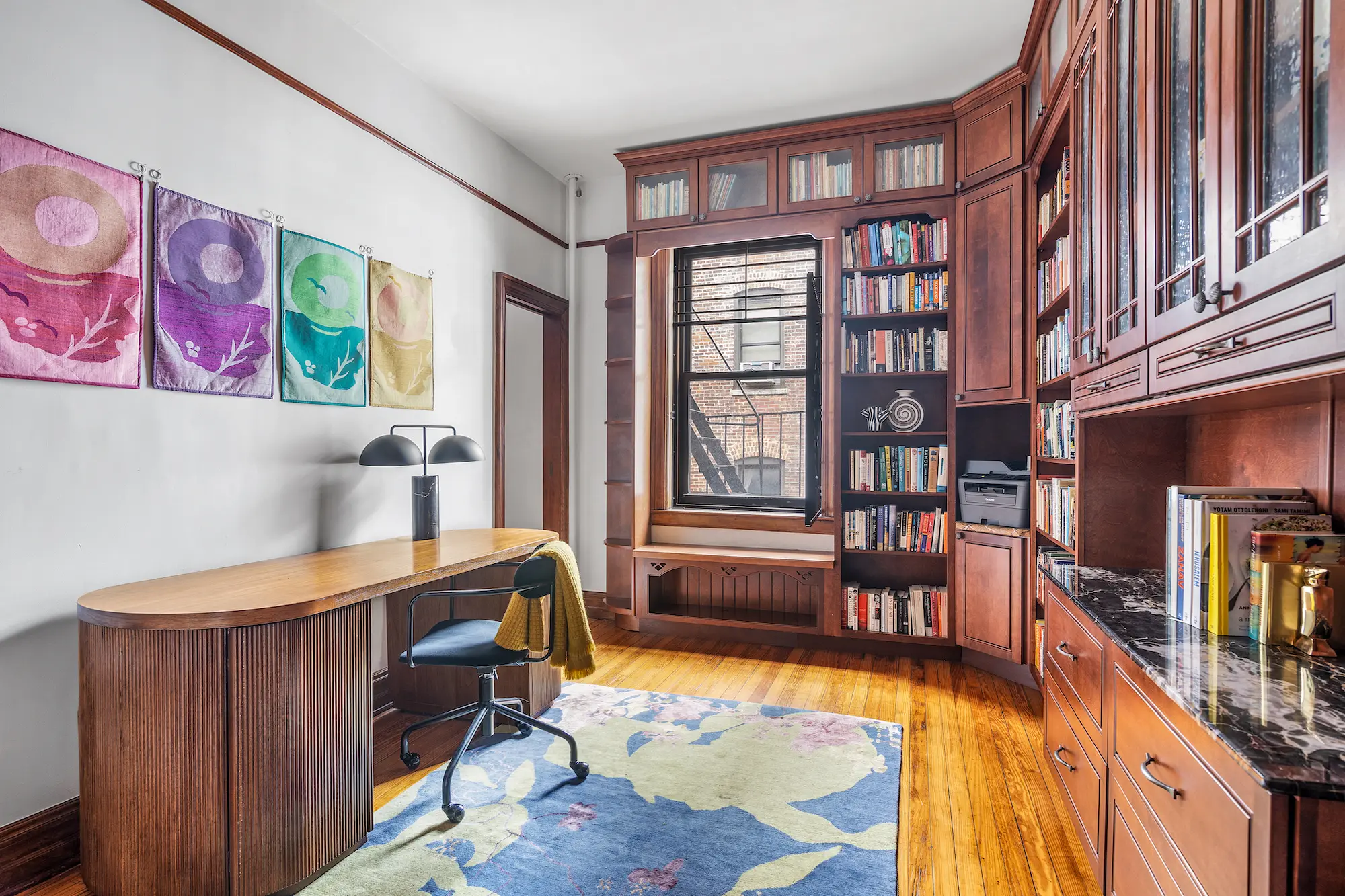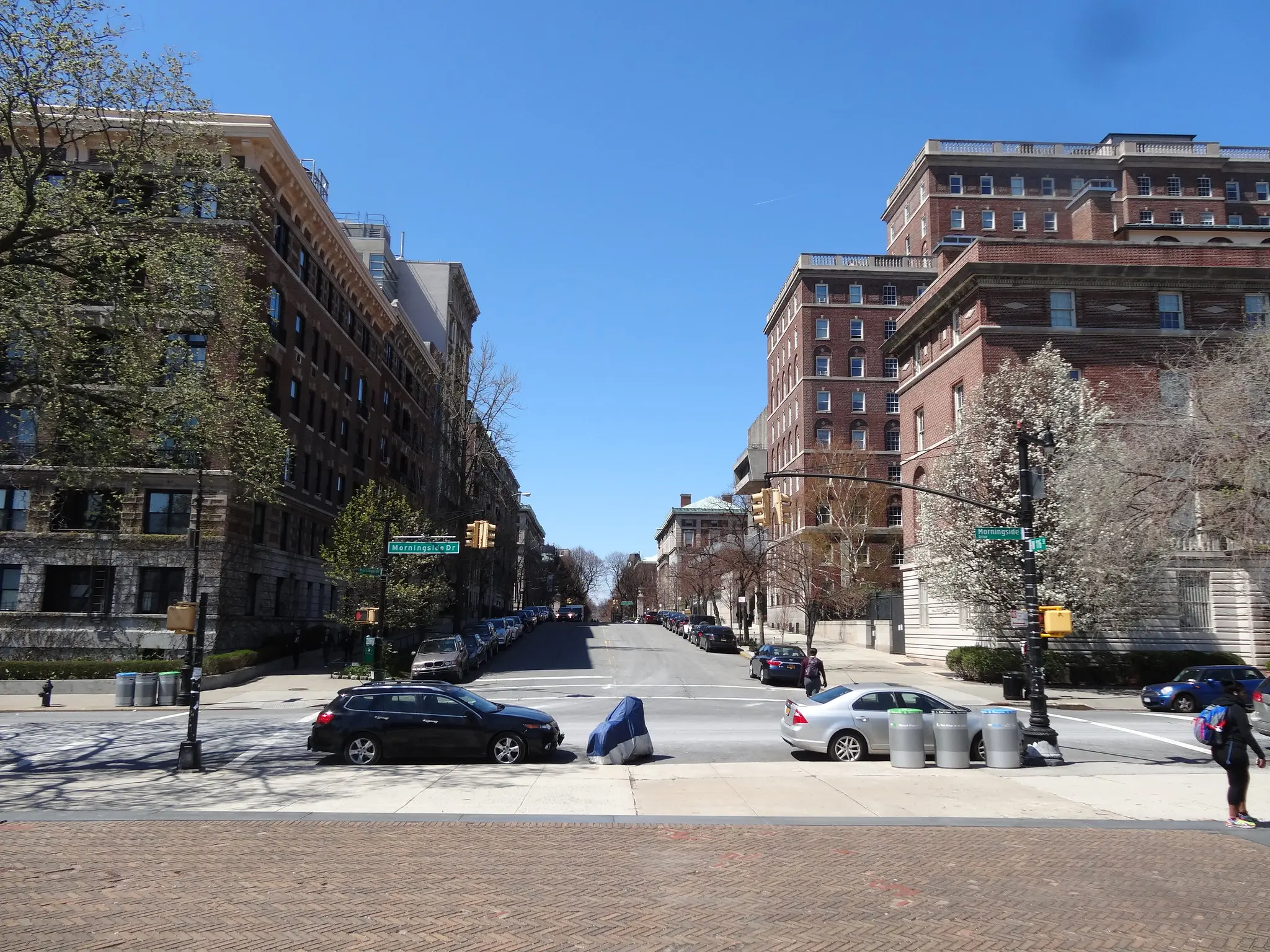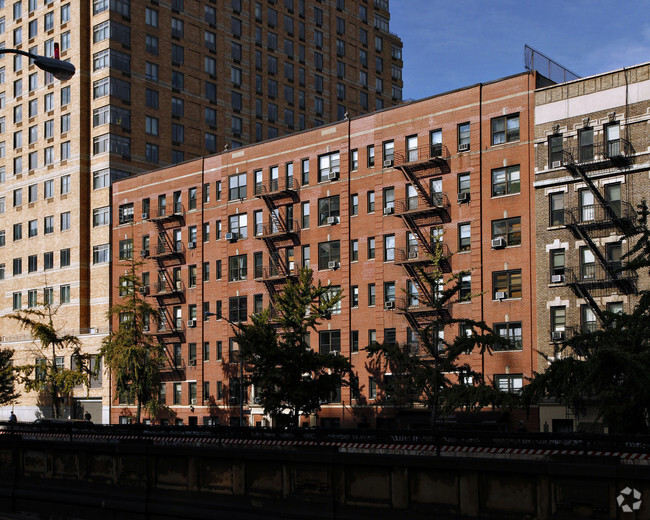Morningside Heights Apartments Columbia University
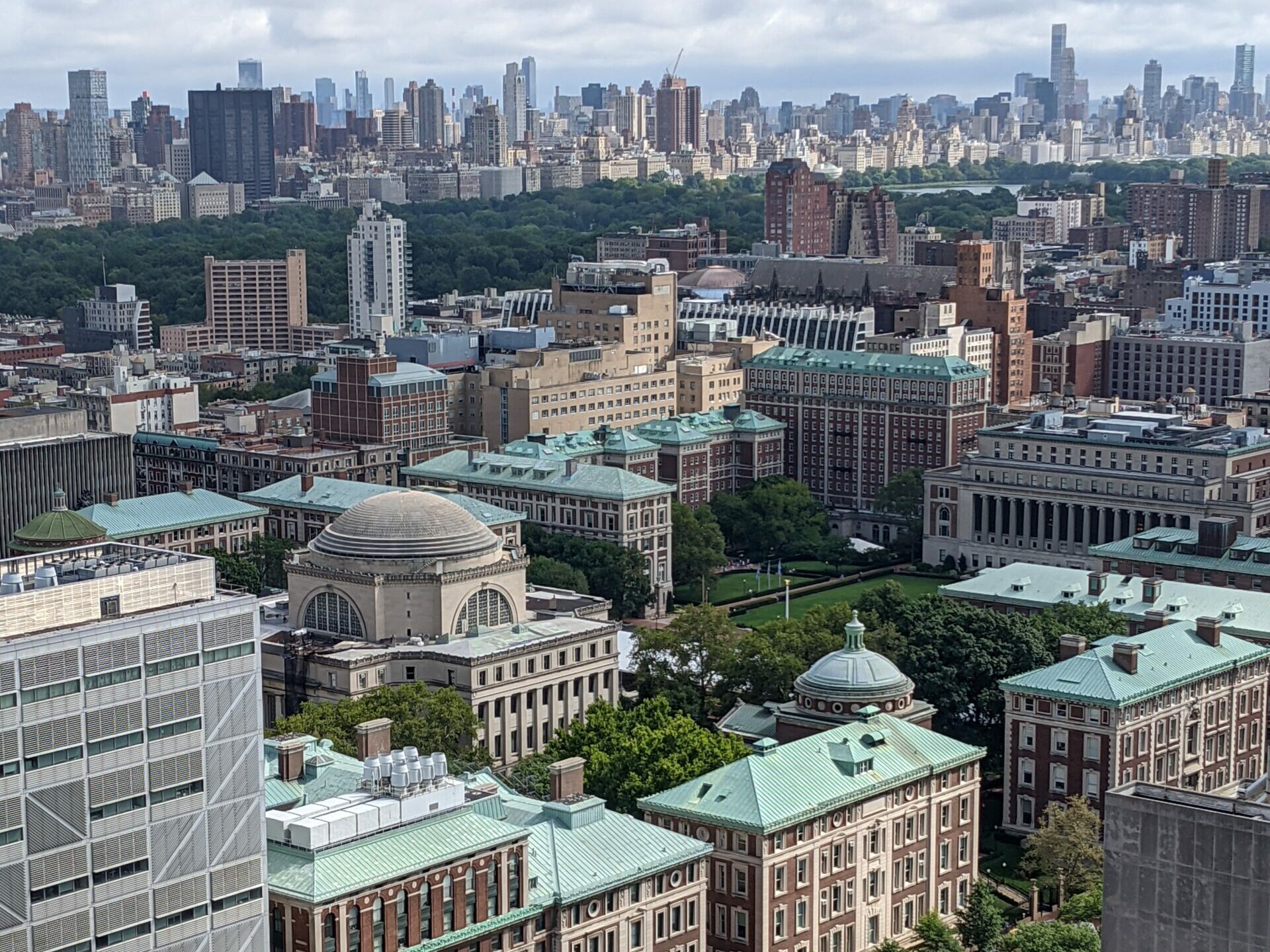
The aroma of freshly brewed coffee mingles with the crisp morning air as students hurry down tree-lined streets, backpacks slung over their shoulders. Brownstones stand shoulder to shoulder, their facades bathed in the golden light of the rising sun. This is Morningside Heights, a neighborhood steeped in history and academic energy, where the pursuit of knowledge intertwines with the rhythm of everyday life.
At the heart of this vibrant community lies Columbia University, its influence deeply woven into the fabric of Morningside Heights. This article explores the unique relationship between the university and the surrounding apartment landscape, examining how the presence of Columbia shapes the housing market, the community dynamics, and the lived experiences of its residents, both students and long-time locals.
Morningside Heights has long been synonymous with Columbia University. Founded in 1754, the institution moved to its current location in the late 19th century, transforming the area from a rural outpost to a bustling academic hub. The university's expansion has been both a blessing and a challenge for the neighborhood, contributing to its intellectual vibrancy while also impacting housing affordability.
The demand for apartments in Morningside Heights is consistently high, driven primarily by students, faculty, and staff affiliated with Columbia. This creates a competitive market, where rents often reflect the proximity to campus and the convenience of living within walking distance of classes, libraries, and university resources.
"Living in Morningside Heights is a unique experience," says Maria Rodriguez, a long-time resident and local business owner. "You're constantly surrounded by bright young minds and a palpable sense of intellectual curiosity. It's invigorating."
However, the influx of students can also strain the housing supply and contribute to rising rents, making it difficult for long-term residents and lower-income families to afford to stay in the neighborhood.
Columbia University has taken steps to address these concerns. They have invested in affordable housing initiatives and collaborated with community organizations to preserve the neighborhood's diversity and character. These efforts include providing subsidized housing for faculty and staff, as well as supporting local community development corporations that build and manage affordable apartments.
Student Housing Options
Various housing options are available for students attending Columbia University. Many choose to live in university-owned residences halls, which offer a convenient and social living environment. These dormitories range from traditional shared rooms to suite-style apartments, catering to different preferences and needs.Off-campus apartments are also a popular choice, providing students with more independence and flexibility. These apartments can be found throughout Morningside Heights, often shared by groups of students to reduce costs.
Community Impact
The relationship between Columbia University and Morningside Heights is a complex one, characterized by both mutual benefits and ongoing challenges. The university provides significant economic and cultural contributions to the neighborhood, supporting local businesses, funding community programs, and hosting public events.However, the university's size and influence also raise concerns about gentrification and displacement. Balancing the needs of the university with the needs of the community requires ongoing dialogue, collaboration, and a commitment to equitable development.
"We are committed to being a good neighbor and working collaboratively with the Morningside Heights community," states a recent press release from Columbia University. "We believe that the university and the neighborhood can thrive together."
Looking ahead, the future of Morningside Heights hinges on the ability of Columbia University and the surrounding community to forge a strong and sustainable partnership. By prioritizing affordable housing, supporting local businesses, and fostering open communication, the neighborhood can continue to be a vibrant and inclusive place for all.
As the sun sets over Morningside Heights, casting long shadows across the brownstones, the sounds of lively conversations and the rustling of books fill the air. It is a neighborhood where history and innovation converge, a place where the pursuit of knowledge is celebrated, and where the spirit of community endures.


